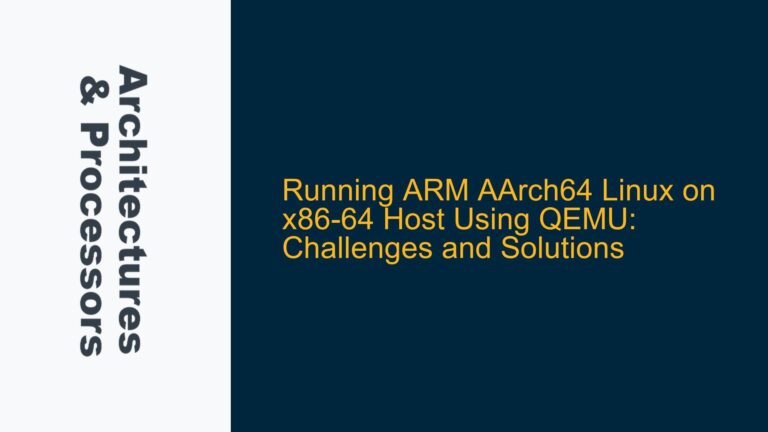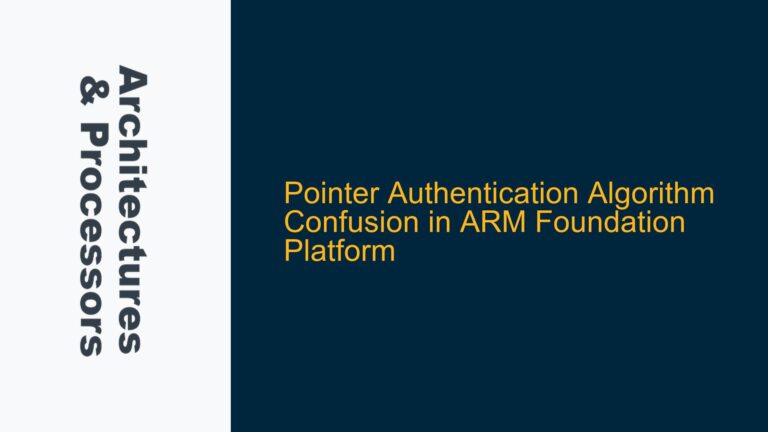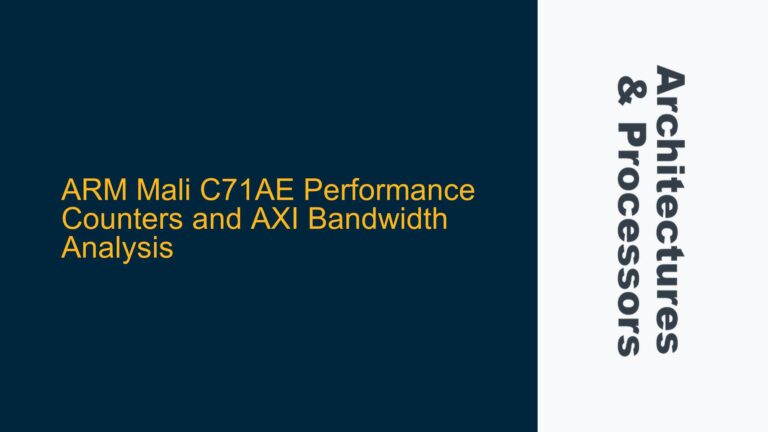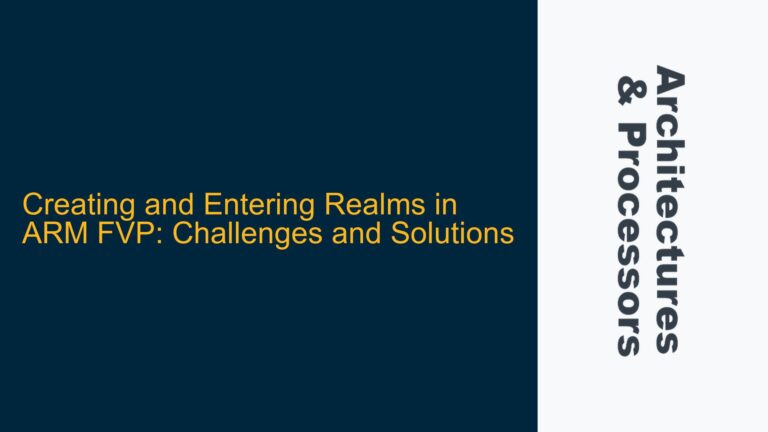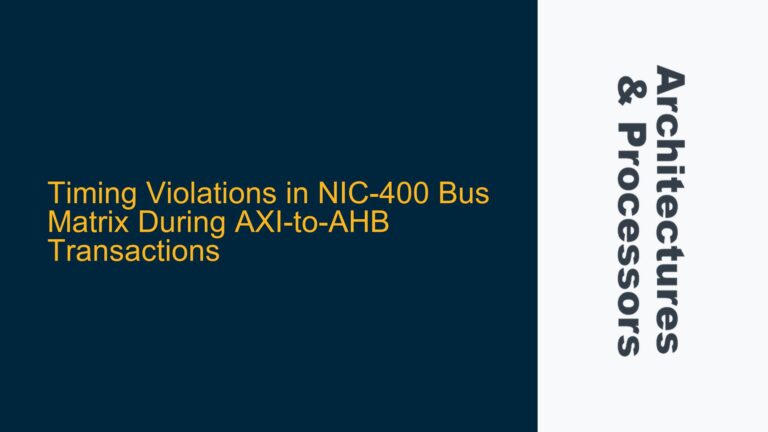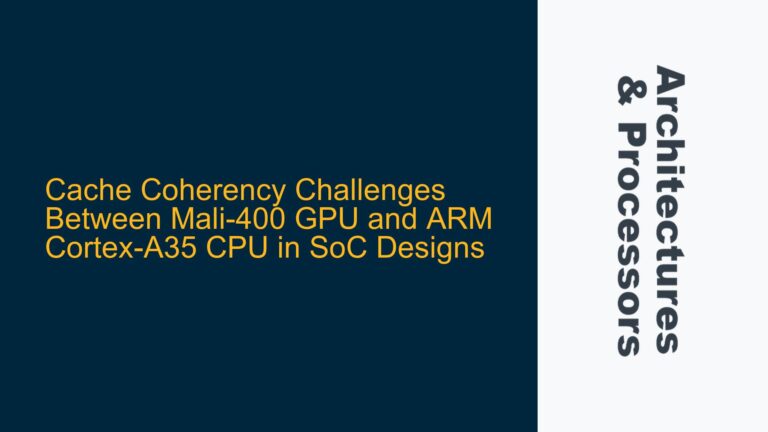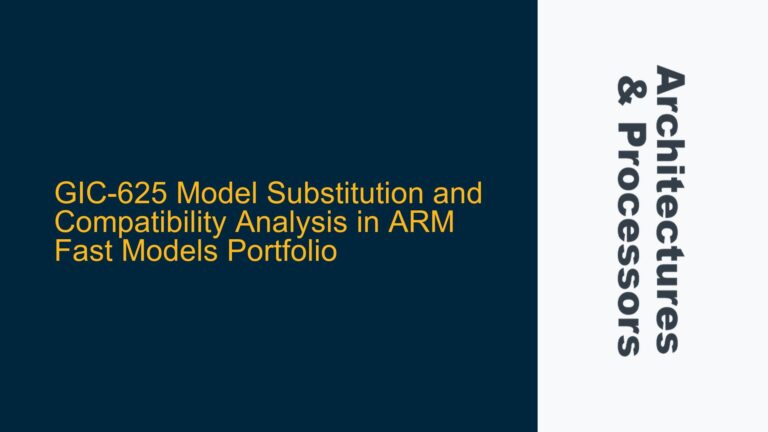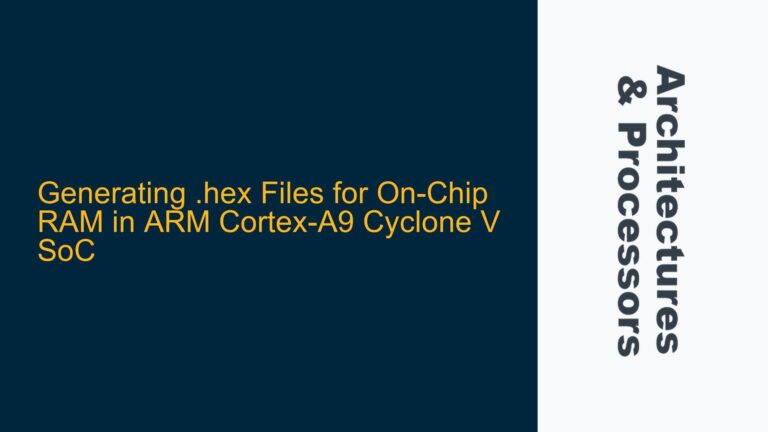Running ARM AArch64 Linux on x86-64 Host Using QEMU: Challenges and Solutions
ARM AArch64 Linux Emulation on x86-64 Host via QEMU Emulating an ARM AArch64 Linux environment on an x86-64 host machine presents a unique set of challenges, particularly when the goal is to test userspace applications. The primary tool for this task is QEMU, a versatile emulator that supports both user-mode and system-level emulation. However, the…
